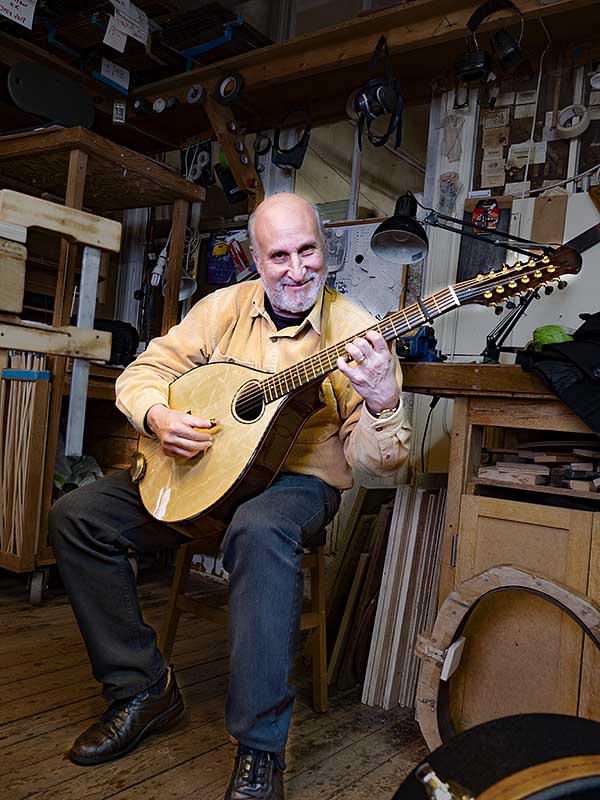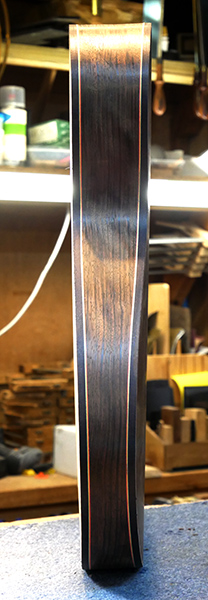Darrell Scott and wife Angela came to the UK in March. They were visiting friends here, and Darrell was playing a gig in Cork.
While they were here I met up with them, taking two of my latest guitars. One was a long scale big bodied D guitar, the other was my latest Steinbeck S.
We had talked about these, and Darrell’s plan was to see if he liked one enough to use in Cork and then take home.
We met in Harpenden, outer London in the home of Liz’s school-friend Pauline and her husband John. Darrell played each guitar in turn, first unplugged and then amplified. He took his time, playing, listening, playing and listening, then the same with the other guitar, concentrating all the time.
It was a great private concert for Pauline and John.
Eventually Darrell looked at Angela. ‘What do you think?’ Angela was really happy with both, but thought the smaller Steinbeck S was more what Darrell would use on gigs.
But Darrell was in love with the larger long scale D Guitar.
After considerable discussion they stepped out to find a coffee shop and chat there, joking that if they didn’t return, we’d know they’d decided on neither.
After so long that I was wondering had they really been joking, they came back. ‘We want both’ they said.
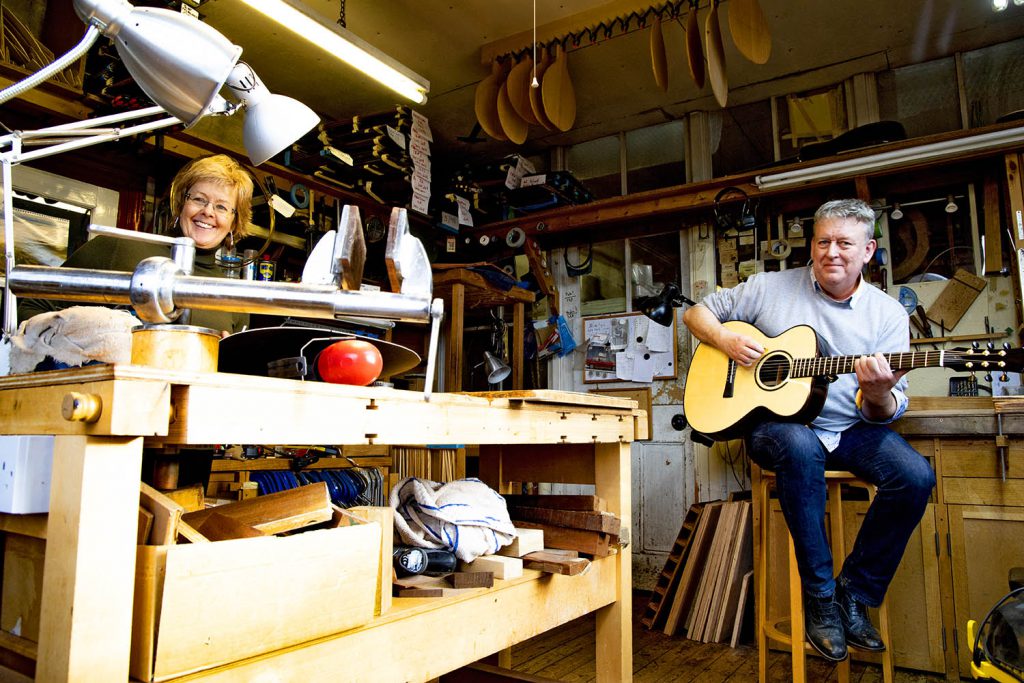 Mark and Vanessa showing how disappointed they are.
Mark and Vanessa showing how disappointed they are.
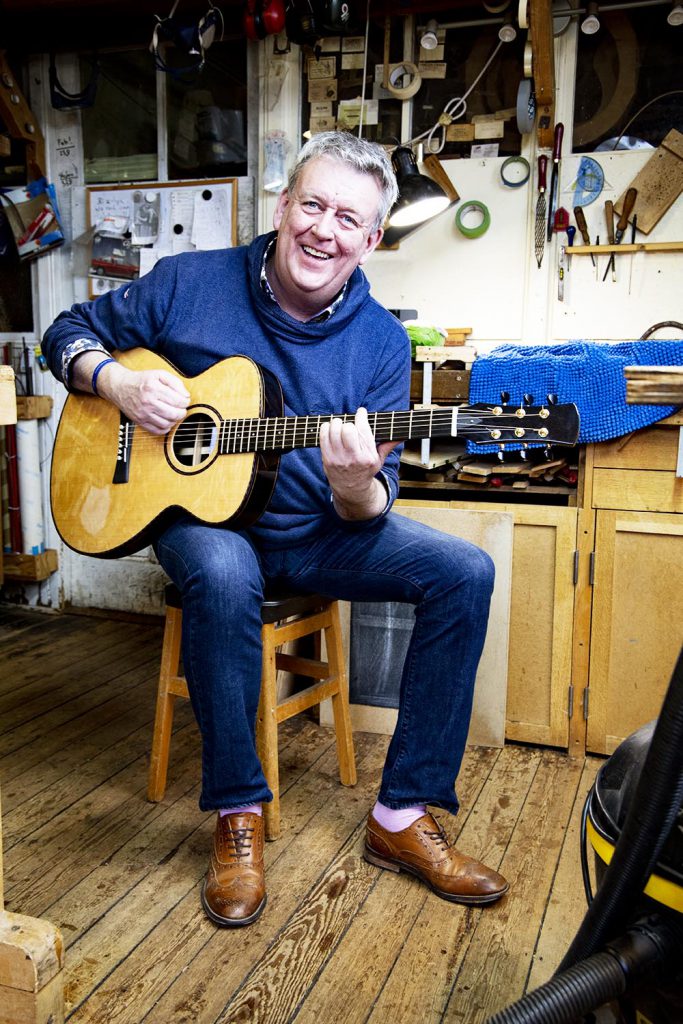
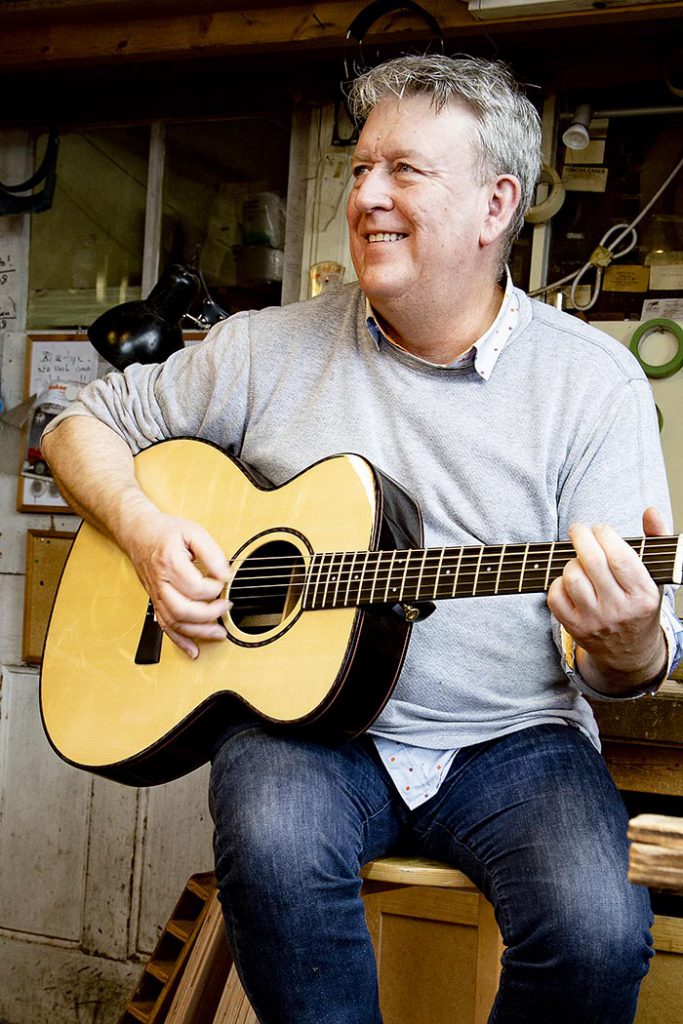
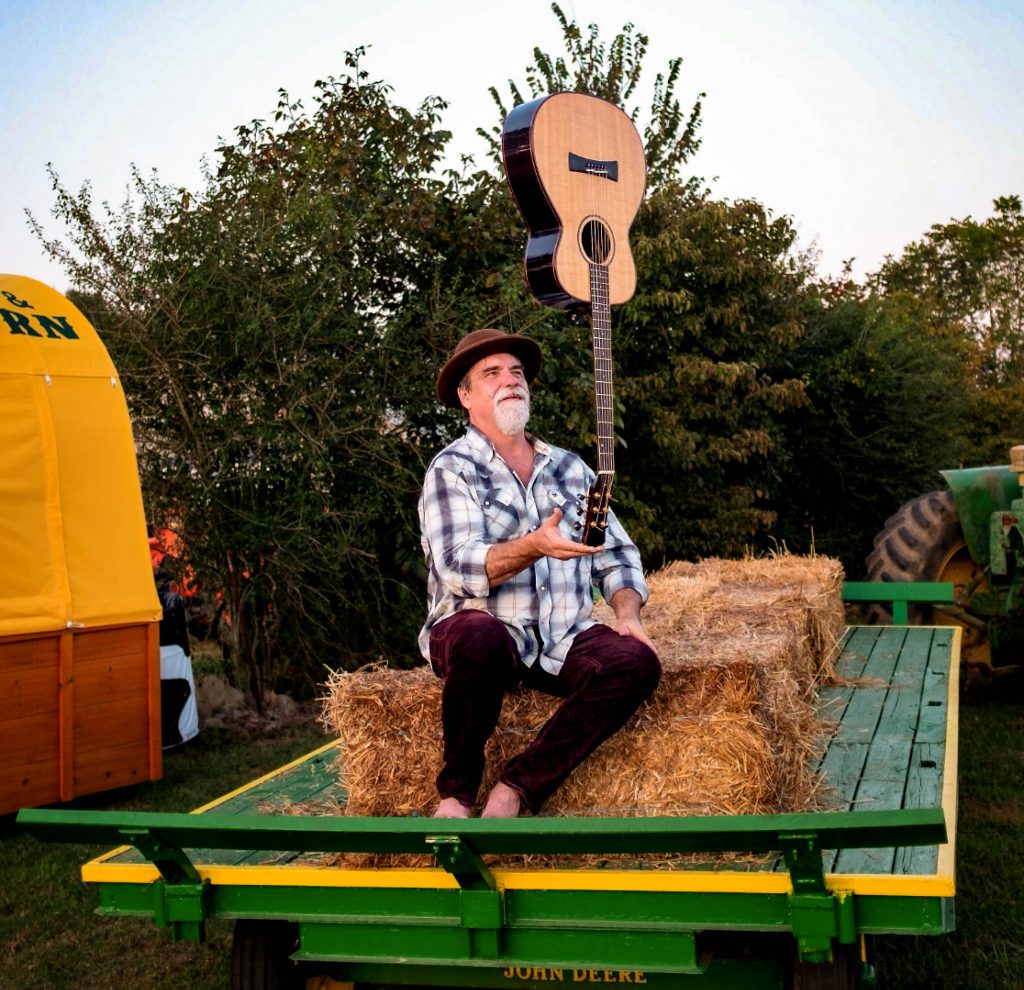
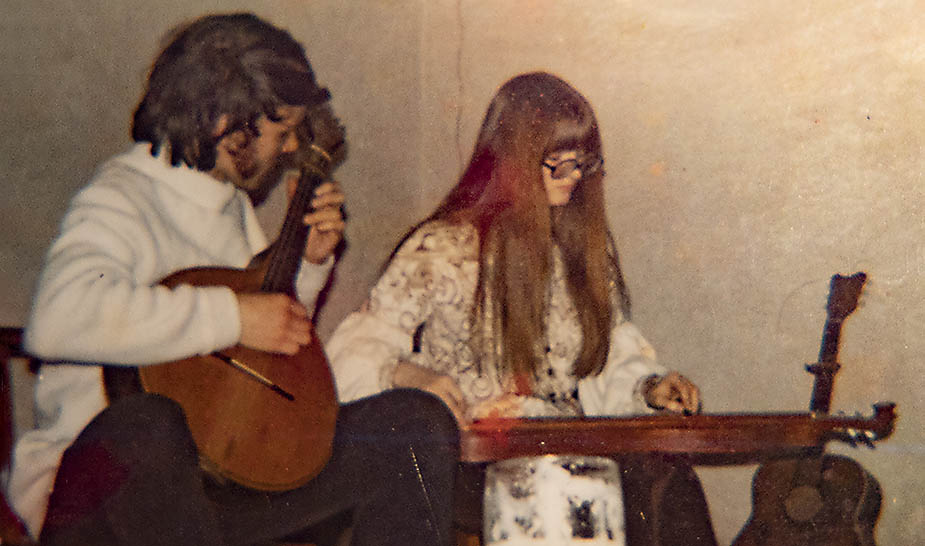
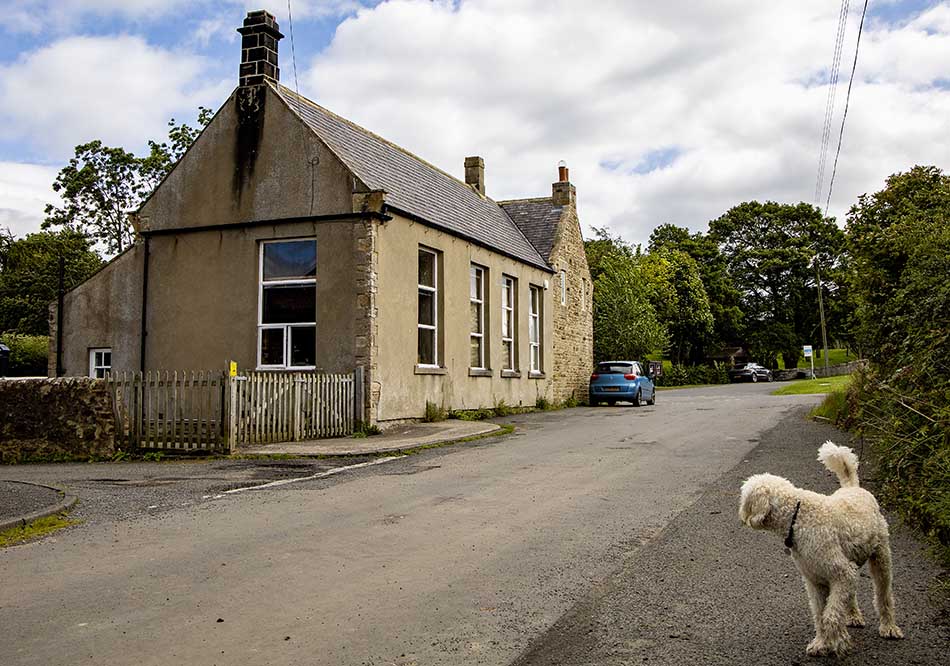
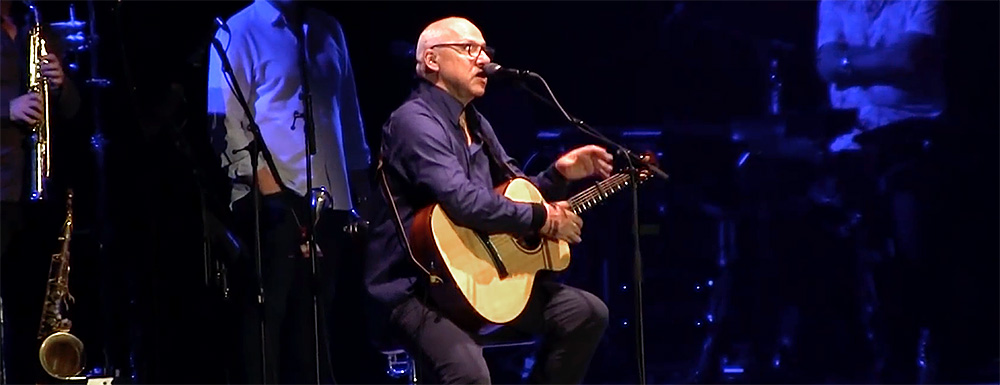
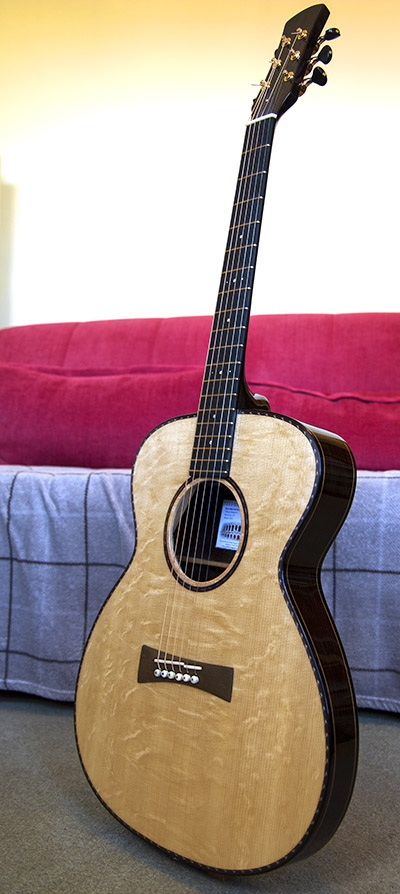
 Figured Sitka soundboard
Figured Sitka soundboard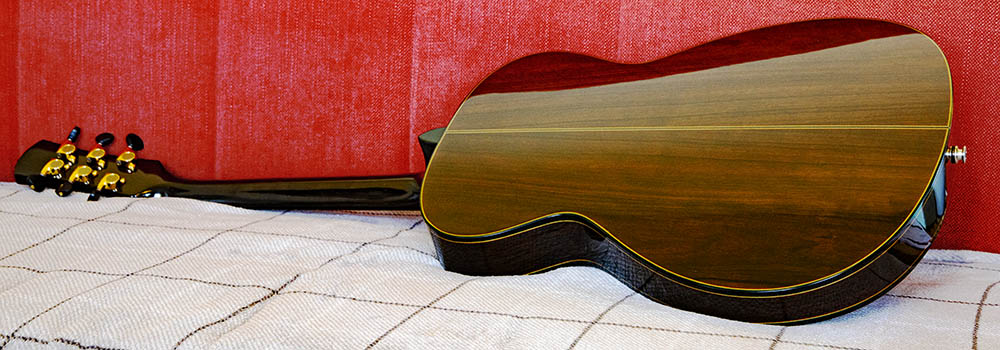 Malaysian Blackwood back and sides, Wengé neck
Malaysian Blackwood back and sides, Wengé neck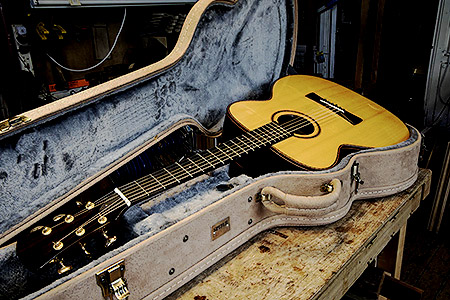
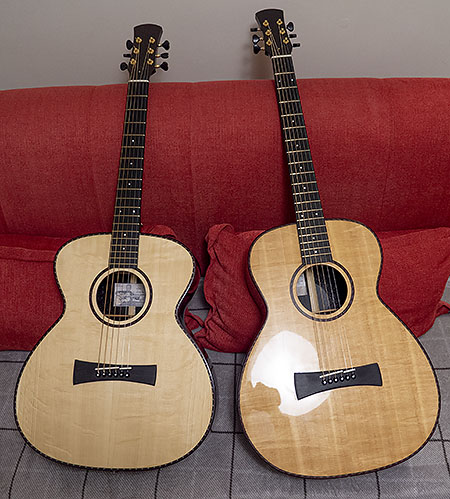 Steinbeck S and Model 2 D guitars
Steinbeck S and Model 2 D guitars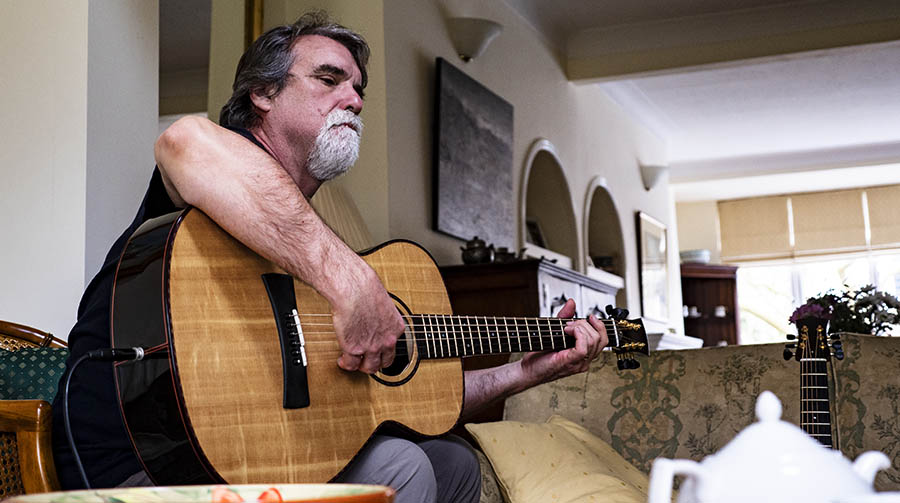 Darrell playing the figured Sitka and African Blackwood D guitar
Darrell playing the figured Sitka and African Blackwood D guitar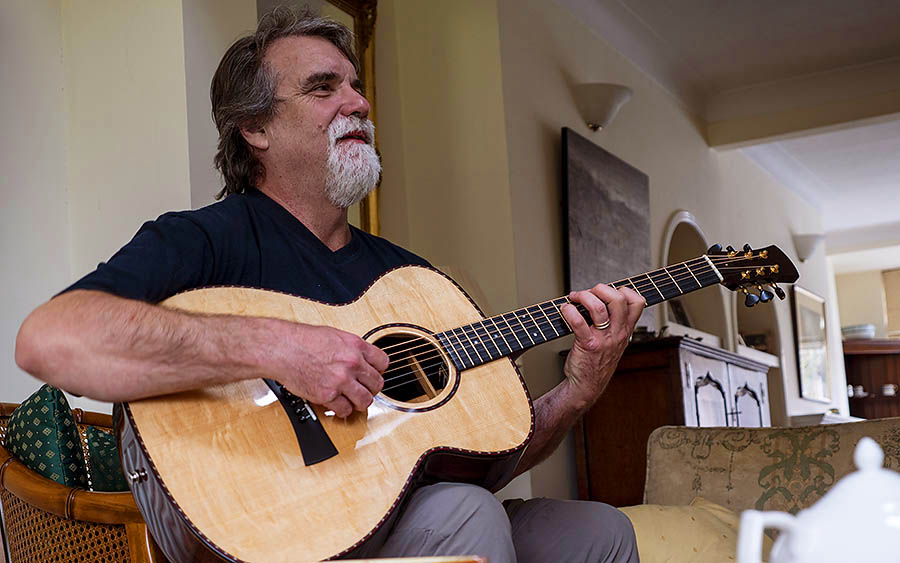 Playing the figured Sitka and Malaysian Blackwood Steinbeck S
Playing the figured Sitka and Malaysian Blackwood Steinbeck S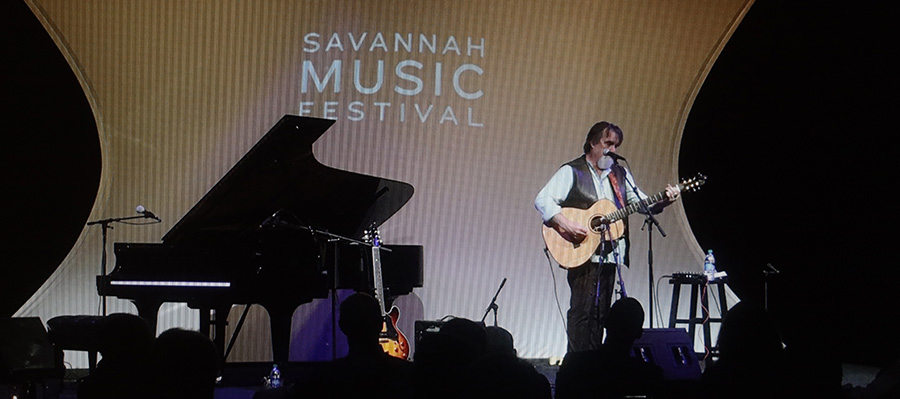 Darrell playing the D Guitar at the Savannah Festival 2019
Darrell playing the D Guitar at the Savannah Festival 2019